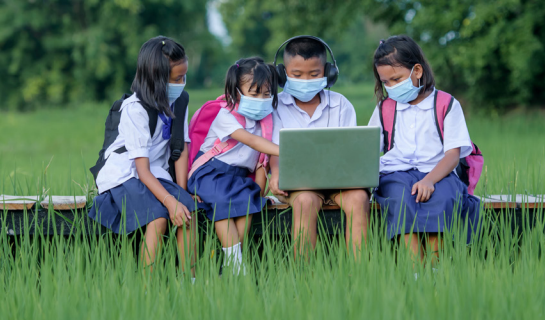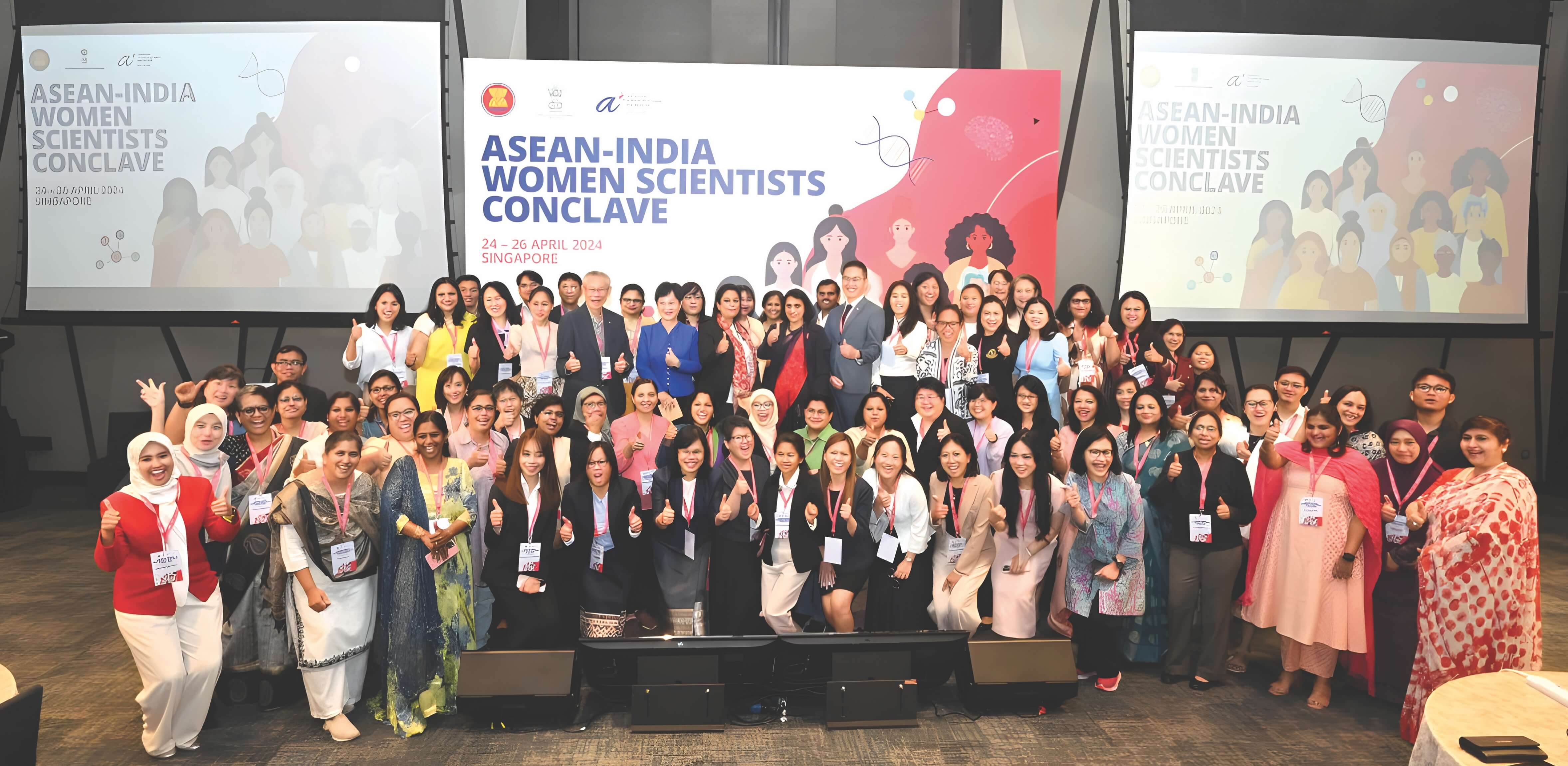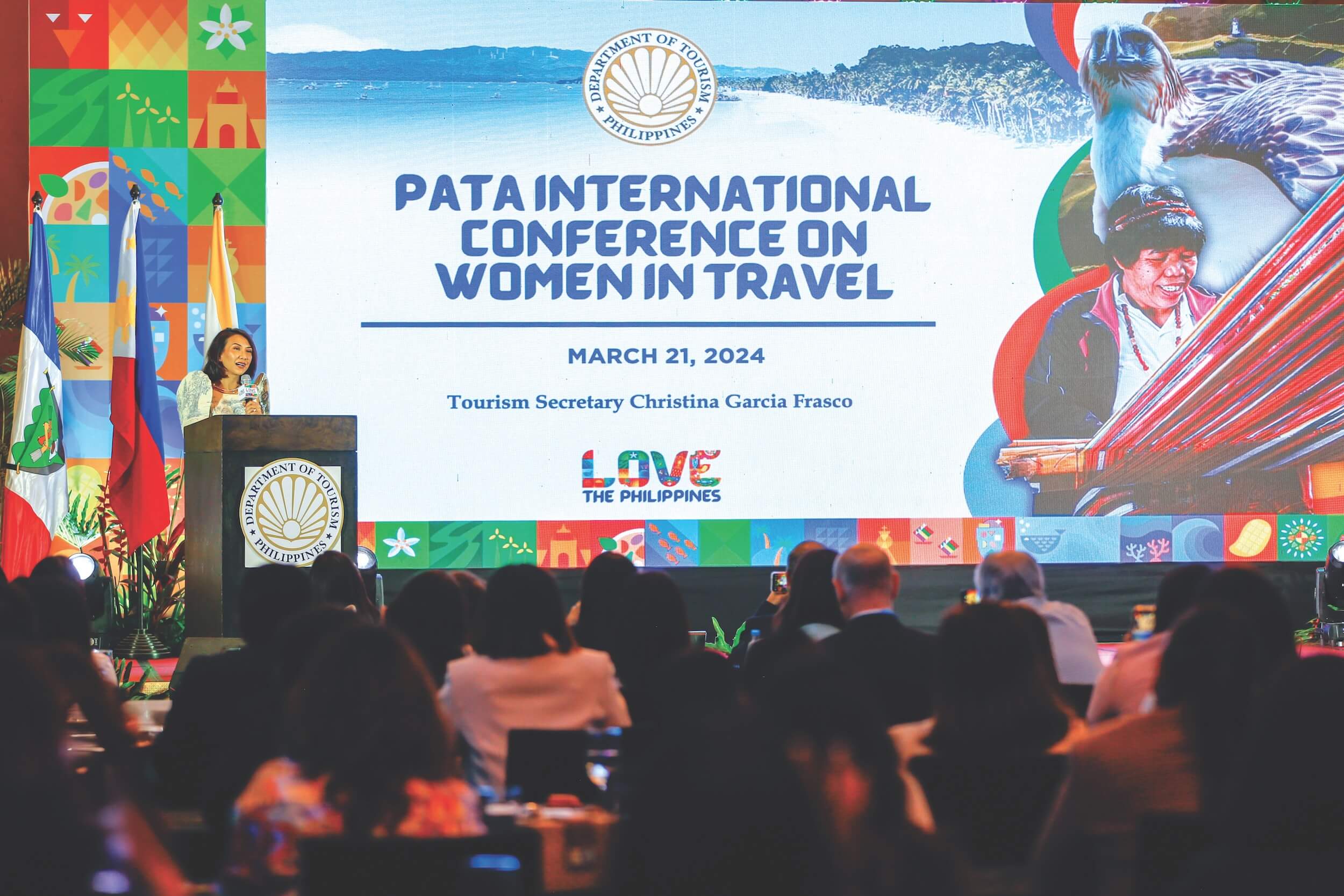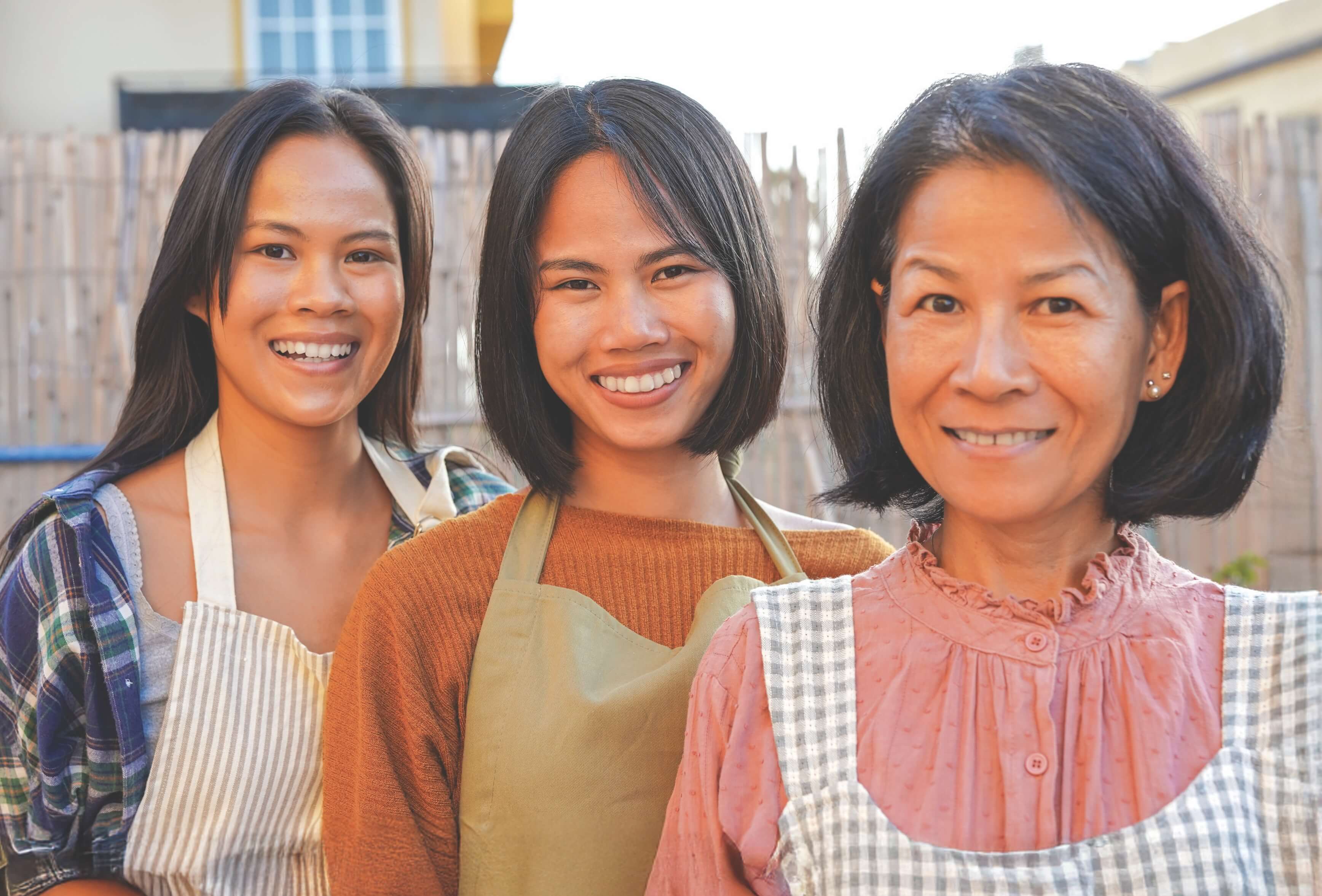



In the realm of rural development and poverty eradication under the ASEAN Cooperation Framework on Rural Development and Poverty Eradication, two levels of concrete cooperation mechanisms have been established.
One is the ASEAN Ministers Meeting on Rural Development and Poverty Eradication (AMRDPE), which is responsible for defining the framework of the cooperation plan to implement rural development and poverty eradication. The other isthe ASEAN Senior Officials Meeting on Rural Development and Poverty Eradication (SOMRDPE), which serve as a planning mechanism, coordinates follow-up, and implements the policies approved by the ministerial meeting. It is also tasked withmonitor the projects and activities included in the ASEAN Framework Action Plan on Rural Development and Poverty Eradication, developed every five years. In 2021, ASEAN Action on Rural Development and Poverty Eradication 2021-2025 had expressed its intention to undertake rural development and poverty eradication. It has been applied as a development guideline for the integration of cooperation in the ASEAN region.
The COVID-19 pandemic, which has severely and continuously impacted countries and economies, spreads widely among people of all groups, ages, and socio-economic statuses. The implementation of disease control measures that all countries have enforced caused disruptions in the economy, trade, production, tourism, unemployment that led to the migration back to the countryside. Moreover, people in poverty are more severely affected by the COVID-19 pandemic. With living conditions becoming more difficult, the number of poor people is increasing. In addition, people are grappling with emerging diseases that affect their lives and the status of climate change that affects the ecosystems. The ASEAN Member States, aware of the severe impacts of climate change, have focused on strengthening collaboration among ASEAN Member States. The current ASEAN Action Plan on Rural Development and Poverty Eradication (2021-2024) outlines and formulates other comprehensive strategies in all areas critical to sustainable development.
Therefore, the ASEAN Action Plan on Rural Development and Poverty Eradication was formulated as a guideline for regional cooperation and the integration of development initiatives towards the comprehensive practice and work direction The goals are to improve the region’s socio-economic development, uplift the quality of life for people living in poverty, and ensure that people in the rural areas benefit from universal development under five strategies:
1) Economic Development: Promote the adaptation of rural people to economic opportunities by (i) strengthening rural institutions in planning the development of rural-urban linkages that will lead to a stable rural economy and to reduce poverty as targeted; (ii) adjusting the role of rural business organisations to participate in development with easier access
to services by people in the community; and (iii) increasing financial support and investment in micro-infrastructure development; and coordinating cooperation between borders and supporting participation in the activities of smallholder farmers.
2) Human Development: Ensure that the poor have access to education, social welfare, and health services by (i) improving access to education, training, and human resource capacity development; (ii) laying the foundation for appropriate and sustainable management of the community’s financial mechanisms; (iii) investing in health service businesses, basic infrastructure and services, especially in the management of the COVID-19 pandemic; and (iv) mproving access to technology and financing to enhance the quality of life, including comprehensive and income equality, among women and the youth.
3) Social Protection: Prepare agencies and organisations to respond to emergencies resulting from environmental and climate change that may occur by (i) managing natural resource knowledge and adapting to climate change for rural development and poverty eradication; and
(ii) improving natural resource management, consulting services, disaster risk reduction, and climate change measures for the benefit of smallholder farmers and community enterprises.
4) Political Development: Strengthen the operational capacity of personnel and initiatives that drive rural development and poverty eradication by (i) building a rural development network with various sectors; (ii) strengthening the capacity of rural development and poverty alleviation of relevant administrators; and (3) giving the ASEAN Award to organisations for their contributions towards effective and sustainable rural development and poverty eradication.
5) Inclusivity: Create a mechanism for integrating all sectors involved in government, the private sector and civil society in effective rural development and poverty eradication by implementing (i) sustainable development by raising awareness and integration for rural development and poverty eradication; (ii) promoting the rights of women and children for implementing rural development and poverty eradication under the ASEAN Mechanism; and (iii) knowledge management in rural development and poverty eradication with a focus on sustainability.
As the Chair of the 2020 ASEAN Senior Officials Meeting on Rural Development and Poverty Eradication, Thailand was responsible for convening the ASEAN Action Plan on Rural Development and Poverty Eradication 2021-2024 and preparing comprehensive covering strategies with all ASEAN Member States on a all aspects.. Thailand has emphasised the development dimensions that will lead to the sustainable eradication of all forms of poverty and environmental management for sustainable development.
Consequently, Thailand has included projects that promote effective poverty management, economic and human resource development, which are contained in three Strategies of the ASEAN Action Plan on Rural Development and Poverty Eradication 2021-2024:
1) Economics: Thailand aims to spur growth by strengthening connections and increasing efficiency in all aspects to improve development in the district and sub-district levels; build a list of people whose land have been encroached on and help enhance their livelihoods, establish fairness and reduce people’s poverty; and organise a campaign to compete in a 90-day food security competition.
2) Human Resources: Thailand aims to increase its competitiveness and ensure that people have a decent quality of life and have access to education. In the context of human resource development, it is promoting education within schools, developing informal education, encouraging volunteers to educate the community. It is also creating modelling or areas of development using a new agricultural theory.
3) Climate Change Protection: Thailand has placed emphasis on environmental protection and management by, for example, encouraging the use of hydraulic cement, a cement formed by reacting with water, in building government infrastructure to reduce greenhouse gas emissions.
Rural Development and Poverty Eradication in Thailand
Various crises that hit Thailand in the past two years, especially the COVID-19 pandemic, have severely affected the country’s economy, social, and natural resources and environment., As a result, Thailand’s GDP fell to a negative 6.2 per cent.
Thailand has adopted a new theory on agriculture and Sufficiency Economic Philosophy under the royal initiative of His Majesty King Bhumibol Adulyadej. For example, this theory has been applied to the development of the Khok Nong Na model to restore soil, water, forest, and food security. The model divides land into four parts: 30 per cent for irrigation water storage, 30 per cent for growing rice, 30 per cent for growing a mixture of plants and the remaining 10 per cent reserved for residential and livestock areas. As a result, there is no longer repeated flooding in the area.
The model’s success has resulted in the creation of the Sufficiency Economy Development Zones (SEDZ) policy that enables the SEDZ committee to designate Sufficiency Economy Development Zones in the provinces. This process falls under the authority of the Center for Poverty Eradication and Sustainable Development of People of All Ages. In accordance with the Sufficiency Economy Philosophy, the state will support employment, infrastructure, basic materials, tax rights, investment privileges, which are necessary to contribute to the distribution of prosperity to the region, especially in areas that are experiencing repeated disasters.
The skilled and competent workers who were laid off due to the COVID-19 situation and who returned to their hometowns in the countryside create an important force in the development of rural areas. Through the Sufficiency Economic Economic Royal Initiative, the government can provide these displaced workers with education and the right tools, including technological knowledge, appropriated technology, and smart innovation. This will solve problems regarding space and social landscape. Developing Sufficiency Economy Zones with a new economic model (BCG Economy Model) will eliminate poverty, reduce income inequality, enhance the quality of life of people throughout their lives, increase the potential of Thailand’s disaster management in the future and strengthen economic, social and environmental stability in the area. The goal of developing Sufficiency Economy Zones with the New Economic Model (BCG Economy Model) represents the commitment of Thailand to pledge to jointly achieve the Sustainable Development Goals (SDGs) by 2030.
Conclusion
Climate change has destroyed ecosystems and increased pollution, bringing about various diseases. The outbreak of COVID-19 and its resulting crisis have affected the economies of ASEAN Member States. As a result, the problems of poverty and inequality are rising in these countries. ASEAN Member States have reduced poverty and inequality over the past decade, contributing to a better overall outlook for poverty and inequality in the ASEAN region through mechanisms at the national level and under the ASEAN Cooperation Mechanism on Rural Development and Poverty Eradication. However, in 2020, the ASEAN region faced obstacles from the COVID-19 pandemic, causing increased poverty and deprivation among ASEAN people. This challenges ASEAN and its Member States to find mechanisms to prevent future crises and create social protection for the poor. It is crucial to include strengthening human resources at all levels to help the ASEAN region attain poverty eradication and sustainable growth.








